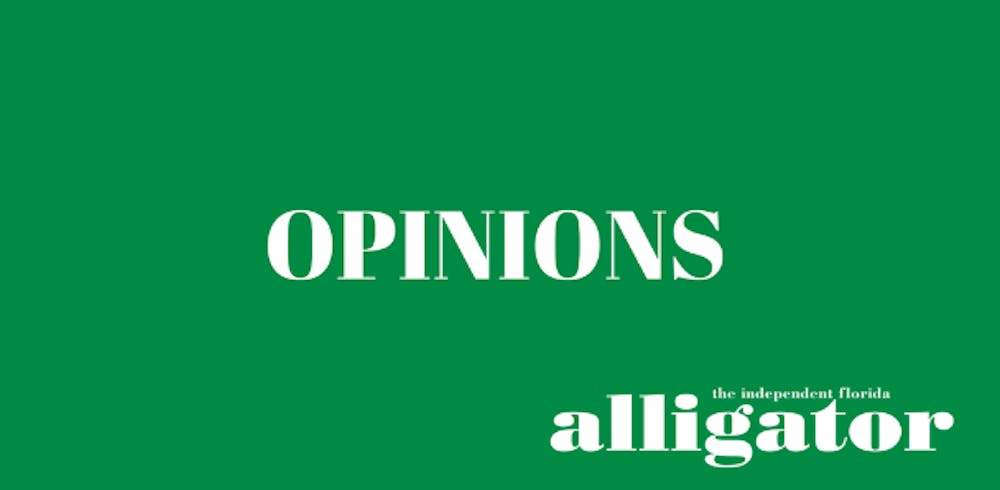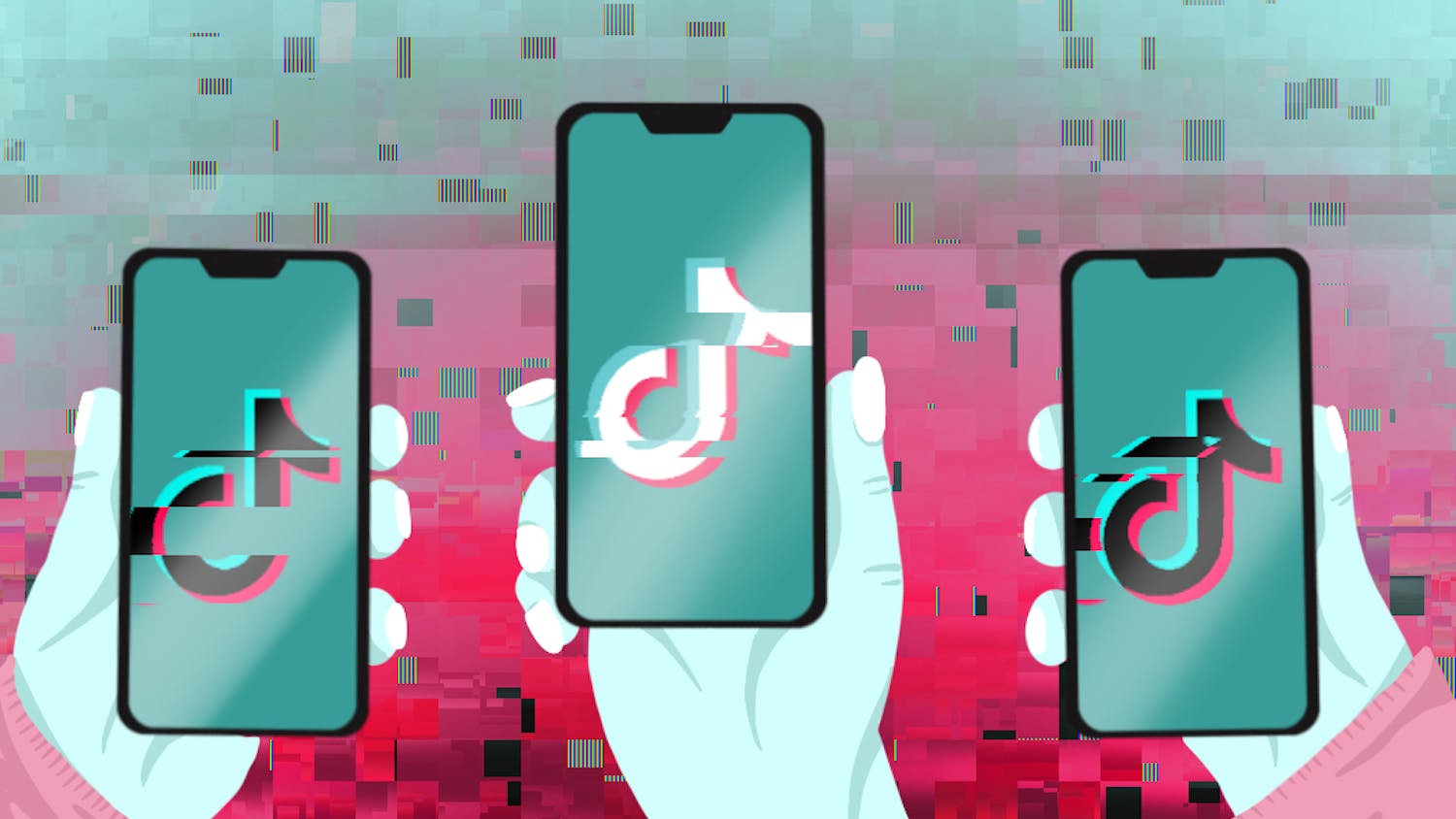What would Twitter be like if ‘likes’ disappeared?
In a world of social media, where symbolism and subtweets reign supreme, a new dynamic could be in order as rumors of Twitter removing the “like” button circulate throughout media spheres.
During an event last week, Telegraph reported Twitter co-founder Jack Dorsey as “not a fan of the heart-shaped button.” Dorsey continued by saying he had plans to ax the button in the future, a bold move for a social media that thrives on billions of likes a day.
As the internet freaked out over the news, the official Twitter communications team tweeted, “As we’ve been saying for a while, we are rethinking everything about the service to ensure we are incentivizing healthy conversation, that includes the like button. We are in the early stages of the work and have no plans to share right now.”
There seem to be no major changes in the works for Twitter, at least not in the near future. However, it begs the question, what is Twitter without the “like” button? What is social media, in general, without the “like” button?
It’s hard to imagine a social media world where you can’t offer a show of solidarity through a “like” or a “favorite.” Dorsey said getting rid of the “like” button would help to facilitate healthier conversation and discussion. Twitter has never been a place for healthy discussion. It thrives on conflicts and meme culture. Twitter users took to, well, Twitter to show their disagreement with Dorsey’s idea.
“You realize that not all of Twitter is a stage for debate, right? Many of us artists appreciate, and need likes to judge how we’re doing with the communities we are a part of. Removing the like button would destroy a lot of indie artists focusing on Twitter,” said digital artist Zeshio, in a tweet.
Another Twitter user, Jen Kirkman tweeted, “Finally. Twitter is getting rid of the biggest problem on their platform - the LIKE button!!! We’ve all had enough verbal harassment, death or rape threats from that LIKE button. It’s time the LIKE button went. Cuz that sure is Twitter’s biggest problem, the LIKE button.”
“Likes” don’t mean you’re just “liking” something. It’s a show of solidarity, or it’s a way to bookmark a thought. It’s a way for businesses to measure how an audience is receiving something, and it’s a way to understand what people around you are talking about.
Social media is a mode of conversation, but part of that is the symbolism that goes along with it. “The heart, in contrast, is a universal symbol that resonates across languages, cultures and time zones. The heart is more expressive, enabling you to convey a range of emotions and easily connect with people. And in our tests, we found that people loved it,” wrote Akarshan Kumar, a Twitter product manager, according to Bustle.
Social media is a language, and as Kumar says, there are certain aspects that are universal like like or retweet. We know the difference between liking a tweet from your best friend’s experience at Chick-fil-A and someone else’s tweets about gun control. Both are an act of camaraderie but in very different ways — the former is showing an appreciation for someone’s experience, the latter is offering an agreement on someone’s opinion.
It would be hard to facilitate a calm and agreeable conversation on Twitter without a “like” button because the only options left would be the retweet and the comment section. The comment section of Twitter is a breeding ground for 280 characters of pure anger being spewed back and forth. All that would be left of Twitter without a “like” button would be a comment section full of contradicting thoughts.
However, if Twitter chooses to move forward with its app, people will adapt to it. Social media is always changing and so are the people using it. Twitter thrives on words spoken and unspoken, and that’s just a part of our cultural language today. Without a “like” button, people would have to find a new, symbolic way to show their mutuals how much they care.
Michaela Mulligan is a UF journalism sophomore. Her column appears on Wednesdays.






